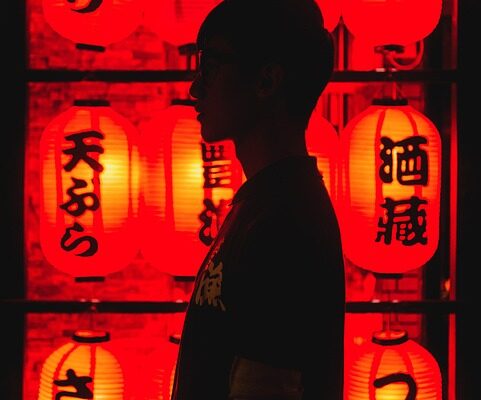The Intersection of Art and Popular Culture: Exploring Contemporary Trends
Art and popular culture have always been intertwined, with each influencing the other in profound ways. Art has the power to reflect and shape popular culture, while popular culture can inspire new forms of artistic expression. In recent years, the intersection of art and popular culture has become increasingly prominent, with contemporary artists drawing inspiration from pop culture phenomena and blurring the lines between high and low art.
Pop Art and Beyond
The marriage of art and popular culture can be traced back to the emergence of Pop Art in the 1950s and 1960s. Artists like Andy Warhol and Roy Lichtenstein brought images and icons from mass media and consumer culture into the world of fine art, challenging traditional notions of artistic value and taste. By elevating everyday objects and images to the status of high art, Pop Art paved the way for a new era of artistic experimentation and innovation.
Since the heyday of Pop Art, artists have continued to draw on popular culture for inspiration, creating works that engage with the zeitgeist of their time. From the political commentary of Barbara Kruger to the playful irreverence of Jeff Koons, contemporary artists have found endless possibilities in the rich tapestry of popular culture.
Exploring Contemporary Trends
In the digital age, the intersection of art and popular culture has taken on new dimensions. Social media platforms like Instagram and TikTok have become virtual galleries, where artists can showcase their work to a global audience. Pop culture icons and memes are constantly circulating online, providing fertile ground for artistic reinterpretation and remixing.
One of the most striking trends in contemporary art is the rise of meme culture. Memes, which are images or videos that spread rapidly on the internet, have become a ubiquitous form of communication and self-expression. Artists like Cindy Sherman and Richard Prince have embraced the language of memes in their work, blurring the boundaries between art and everyday life.
Another key trend in contemporary art is the embrace of technology. Digital art, virtual reality, and augmented reality are reshaping the way we experience and interact with art. Artists like Olafur Eliasson and Cao Fei are pushing the boundaries of traditional artistic mediums, creating immersive and interactive works that invite viewers to participate in the creative process.
The Influence of Pop Culture Icons
Pop culture icons—from celebrities to fictional characters—have long been a source of inspiration for artists. The allure of fame and celebrity has captivated artists for centuries, from the portraits of royalty in the Renaissance to the pop art portraits of Marilyn Monroe in the 1960s.
In contemporary art, pop culture icons continue to hold a powerful sway over artists and audiences alike. Artists like Kehinde Wiley and Lorna Simpson have reimagined the traditional portrait genre, depicting people of color and marginalized communities in the style of classical European portraiture. By placing these figures in the pantheon of pop culture, these artists challenge the conventional notions of beauty, power, and representation.
Collaborations and Crossovers
The intersection of art and popular culture has also led to a proliferation of collaborations and crossovers between artists and mainstream media. Fashion designers like Virgil Abloh and Raf Simons have collaborated with artists to create limited edition collections, blurring the lines between art, fashion, and commerce. Musicians like Beyoncé and Kanye West have incorporated visual art into their music videos and live performances, creating immersive multimedia experiences for their fans.
These collaborations have not only expanded the reach of contemporary art but also challenged the boundaries between different creative disciplines. By bringing together artists, designers, musicians, and filmmakers, these collaborations have created new possibilities for artistic expression and innovation.
Conclusion
The intersection of art and popular culture is a dynamic and ever-evolving landscape, where artists are constantly pushing the boundaries of creativity and experimentation. From the rise of meme culture to the embrace of technology, contemporary artists are finding new ways to engage with the world around them and create work that resonates with audiences on a global scale.
As we look to the future, it is clear that the influence of popular culture on art will only continue to grow. By embracing the rich tapestry of images, symbols, and icons that populate our everyday lives, artists have the opportunity to create work that reflects the diverse and dynamic nature of contemporary culture. By exploring the intersection of art and popular culture, we can gain a deeper understanding of the world we live in and the ways in which art can shape and transform it.
